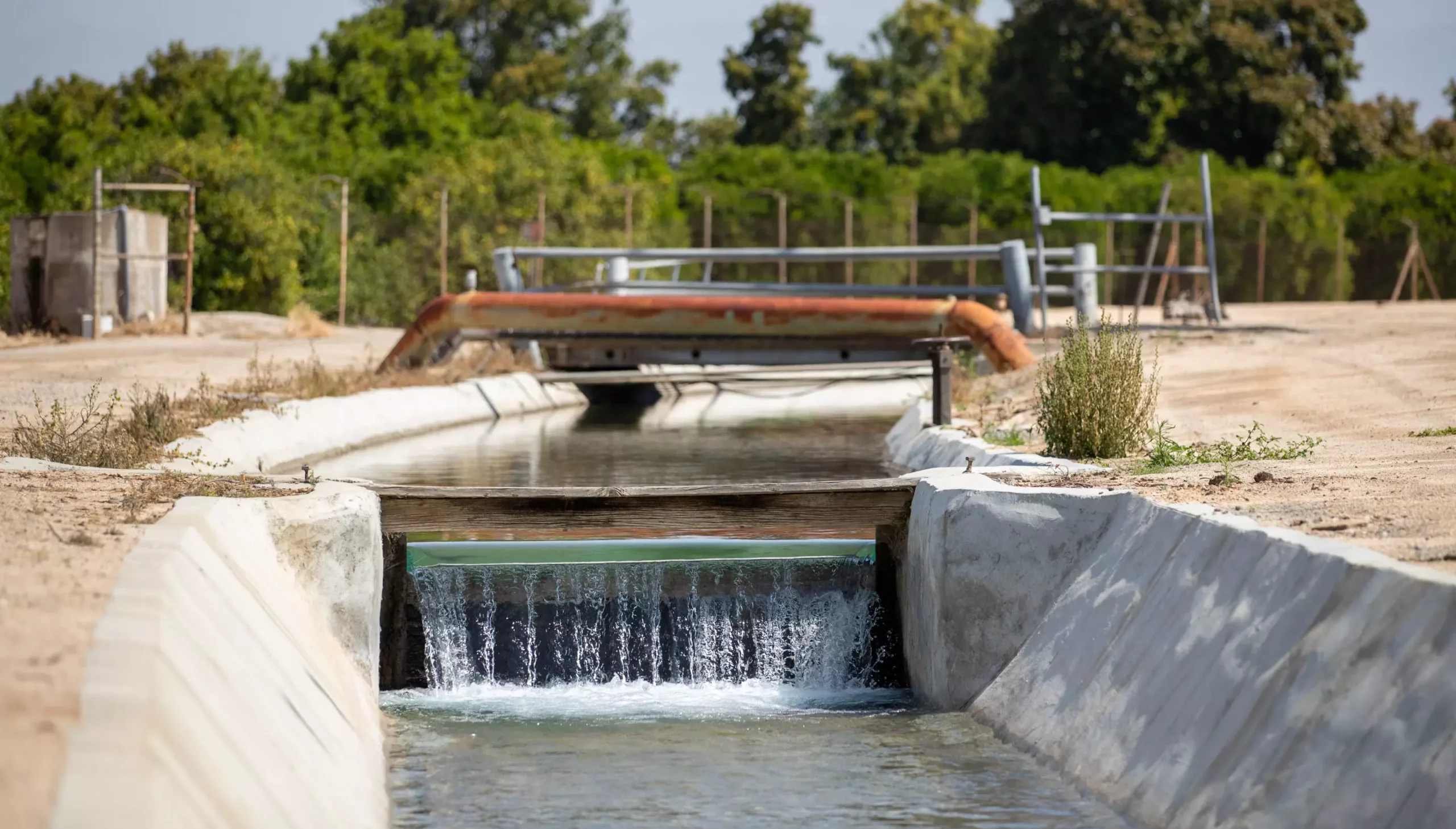California’s agriculture sector is facing a critical challenge with the declining availability of water for crops. According to a collaborative report by University of California faculty from four campuses, urgent and bold measures need to be taken to adapt to climate change. The report, published in the Proceedings of the National Academy of Sciences, emphasizes the importance of developing new water capture, storage, and distribution systems that align with climate projections and ecosystems.
The effects of climate change on California’s water supply are evident in the form of fewer but larger rain- and snowstorms. Rising temperatures and shorter winters have led to reduced volumes of water stored in mountain snowpacks, which historically replenished the state’s reservoirs each spring. Additionally, increased evaporation is resulting in a greater loss of water. With agriculture consuming about 80% of the state’s water, it is crucial to prepare for a future with less water available for irrigation.
To mitigate the impact of climate change on agriculture, the report suggests the development of a more agile and responsive water management system. This system would focus on capturing and storing water from big storms before it reaches the sea, preventing floods and sustaining crops during dry summer months. While increasing water storage capacity is necessary, it does not necessarily require building more dams and reservoirs. The state’s depleted aquifers below the Central Valley and coastal plains offer significant storage potential without incurring the high evaporation rates associated with surface reservoirs.
Capturing excess water flows from heavy rains and snowmelts can involve diverting them to farm fields or habitat lands. Controlled flooding in habitat areas can allow water to percolate down to aquifers, creating more groundwater for farmers and reviving wildlife habitats. In addition to better water capture, farmers should consider adopting new crop varieties that require less water. Changing crops can be a more effective water-saving strategy compared to altering irrigation systems.
California’s existing water delivery systems, such as the California State Water Project and Central Valley Project, predominantly transport water from north to south. Developing more flexibility to move water east to west and vice versa would enhance overall water use efficiency. This flexibility could also facilitate water trading between farmers, allowing those with surplus water to sell to those in need. By creating a marketplace based on scarcity and delivery costs, incentives for storage and efficient water use could be established.
The report, titled “Cultivating Climate Resilience in California Agriculture: Adaptations to an Increasingly Volatile Water Future,” underscores the importance of collaborative efforts in addressing water scarcity challenges. In addition to policy developments like the Sustainable Groundwater Management Act of 2014, partnerships across environmental, agricultural, and municipal sectors are essential for achieving more efficient and sustainable outcomes in water management.
Through innovative strategies and proactive measures, California’s agriculture sector can build resilience to the challenges posed by climate change and ensure the continued productivity and sustainability of one of the state’s most vital industries.


Leave a Reply